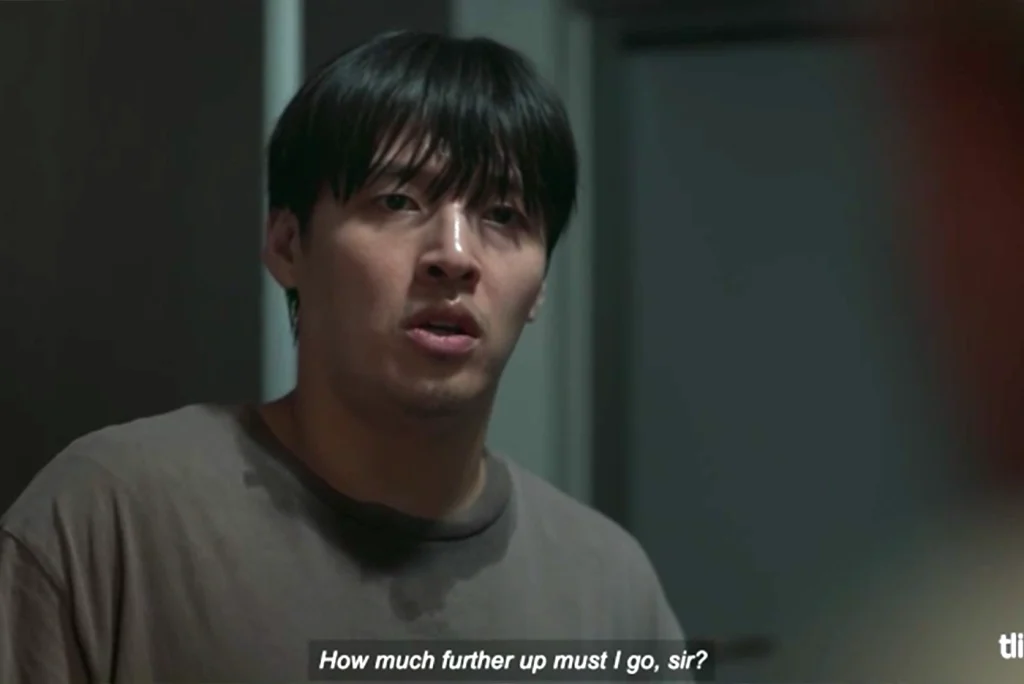What if your dream home turned into a living nightmare—filled with mysterious noises, hostile neighbors, and secrets lurking behind every wall? Wall to Wall (2025), a South Korean mystery thriller directed by Kim Tae-joon (Unlocked), is a tense, atmospheric dive into paranoia, financial despair, and the horrors of modern urban living. Starring Kang Ha-neul as Woo-seong, a man whose new apartment becomes a psychological and physical battleground, the film blends social commentary, psychological horror, and unexpected twists into a disturbing, chaotic experience. Released on Netflix on July 18, 2025, Wall to Wall is a divisive but gripping ride that keeps viewers guessing—and squirming—until the very end.
The Plot: A Dream Home Turns into a Trap
Woo-seong (Kang Ha-neul) is an ordinary office worker who finally saves enough to buy his own apartment—84 square meters of space he believes will secure his future. But from the moment he moves in, nothing goes right. The walls are paper-thin, transmitting every noise, argument, and disturbance from his neighbors. His financial burdens—sky-high mortgage rates, a failing crypto investment, and a predatory boss—push him to the brink. Then, the real horror begins: mysterious sounds, disappearing items, and eerie encounters suggest something far more sinister is happening within the building’s walls.
As Woo-seong spirals into obsession, he uncovers a web of secrets involving his neighbors, the building’s history, and a conspiracy that blurs the line between reality and hallucination. The film’s second half takes a sharp turn, revealing layers of manipulation, greed, and violence that transform Woo-seong’s struggle from personal crisis to survival horror

Why Wall to Wall Divides Audiences
- Kang Ha-neul’s Intense Performance – Kang delivers a raw, physically demanding portrayal of a man unraveling under pressure. His desperation, confusion, and eventual rage make Woo-seong a compelling, if frustrating, protagonist. Some viewers criticize his character’s poor decisions, but others argue that’s the point—his helplessness mirrors the film’s themes of systemic oppression.
- A Masterclass in Atmosphere – The film’s sound design and cinematography create a claustrophobic, unsettling mood. The thin walls become a metaphor for societal pressures, and the eerie, distorted sounds (from crying babies to unseen arguments) amplify Woo-seong’s paranoia. The apartment itself feels like a character, trapping him in a nightmare of his own making.
- A Plot That Swerves Wildly – The first half is a slow-burn psychological drama, focusing on financial anxiety and neighborly tensions. The second half escalates into surreal, violent territory, with plot twists that shock but don’t always satisfy. Some viewers love the unpredictability, while others feel the shift in tone is too abrupt.
Exploring Bunjako Beach in Buwama,…
Bunjako Beach offers a peaceful and remote escape from the bustling life of Kampala.
Read More🎬 Jean-Claude Van Damme Delivers…
🗡️ Recommended if you liked: Taken, Man on Fire, or The Equalizer.
Read More


